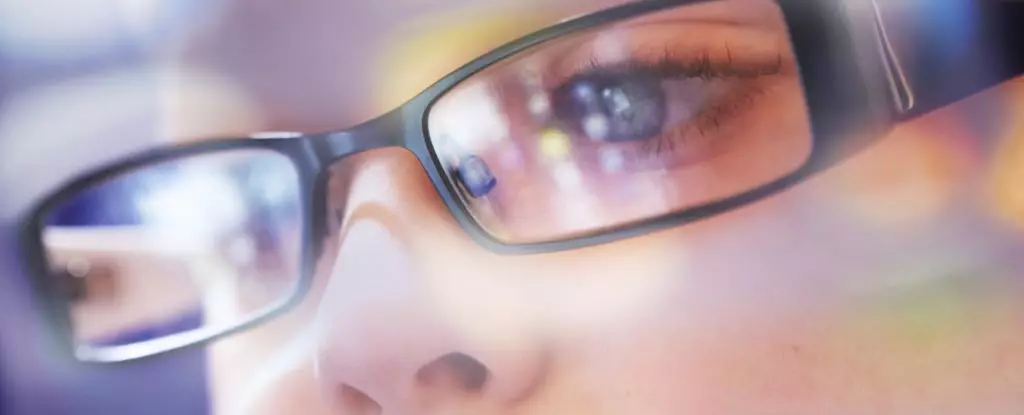In recent decades, the world has been witnessing an alarming uptick in cases of myopia, also known as nearsightedness. This issue, which affects the ability to see distant objects clearly, is projected to impact more than 740 million children and adolescents globally by the year 2050. This assertion is not based on mere speculation but rather derives from a comprehensive analysis conducted by researchers at Sun Yat-Sen University in China. The study examined an extensive array of data from 50 countries and included approximately 276 scientific inquiries, aggregating around 5.4 million young individuals. The findings reveal that the prevalence of myopia in individuals aged between 5 and 19 years has escalated from 24% in 1990 to a staggering 36% in 2023, raising significant public health concerns.
The disturbing trend is particularly pronounced in certain regions. For example, Japan reports the highest prevalence, with an astounding 86% of its children and teenagers affected by myopia. In stark contrast, Paraguay’s figures stand at a mere 0.84%, highlighting the geographical disparities in myopia prevalence. If the current trajectory continues, experts predict that by 2050, nearly 40% of the global youth population may be afflicted, particularly in Asia, where projections suggest the prevalence could reach approximately 70%.
While genetics undoubtedly plays a crucial role in the development of myopia, it cannot wholly account for the drastic increase in cases witnessed recently. Recent studies have illuminated a compelling connection between increased screen time and limited outdoor activities during the COVID-19 pandemic and worsening eyesight among children. During periods of lockdown, many children were confined indoors, leading to a reduction in physical activity and exposure to natural light—factors that are believed to significantly mitigate the risk of developing myopia.
A telling study conducted in Hong Kong found a notable spike in myopia cases amongst children aged 6 to 8 in 2020. As educational formats shifted towards online platforms, students were exposed to excessive screen time, which has been linked with visual strain. The authors of the latest review assert the importance of outdoor play as a preventive measure against myopia. When children spend ample time outdoors, their risk of developing shortsightedness can decrease, even when faced with genetic predisposition.
The prevalence rates of myopia vary widely across the globe. For instance, studies indicate that children in Africa exhibit myopia rates remarkably lower than their contemporaries in Asia, with figures being seven times less in some regions. This discrepancy raises intriguing questions concerning the interplay of genetics, education, and environmental factors that contribute to the varying prevalence of myopia.
In several Asian locales, educational pressures begin at a remarkably young age, with children as young as two or three engaged in formal learning sessions. This early introduction to educational practices could be influencing the incidence of myopia in these countries. The correlation between high levels of formal education and myopia incidence suggests that there is a pressing need to investigate how educational practices and lifestyles contribute to this growing visual impairment.
As myopia rates continue to climb, it becomes increasingly vital for researchers, educators, and health professionals to collaborate on preventive strategies to protect the eyesight of future generations. Identifying the underlying causes behind this epidemic is crucial not only for understanding the disease better but also for developing effective interventions to curb its proliferation.
Continued research efforts must look beyond merely quantifying prevalence rates to explore the deeper roots of myopia, incorporating various socioeconomic, cultural, and environmental contexts. Such understanding will facilitate the implementation of evidence-based recommendations for public health policies aimed at mitigating the impact of myopia, particularly among children and adolescents.
The rise of myopia presents a multifaceted challenge that demands immediate and sustained attention from public health officials, educators, and parents alike. Collective awareness and action are essential to prevent the next generation from suffering the repercussions of this growing visual epidemic. By fostering outdoor activities, re-examining educational practices, and promoting healthier screen habits, we can take critical steps towards safeguarding the vision of our youth for a clearer tomorrow.


Leave a Reply